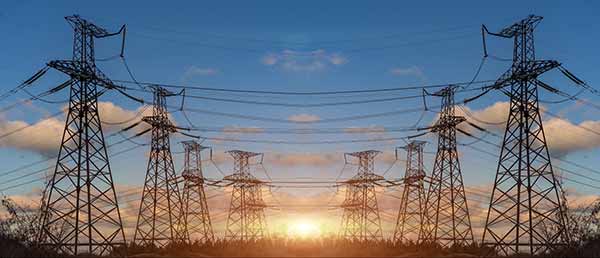Renewable technologies, such as wind and solar energy storage systems, hold immense potential in combating climate change and reducing fossil fuel dependency. However, their integration into the US electric grid brings concerns regarding potential cyber threats.
Experts have raised alarms about the vulnerabilities of inverter-based devices responsible for converting solar-generated direct current (DC) electricity to alternating current (AC), particularly due to their digital nature and dependence on Chinese manufacturers.
Inverter-Based Generation and Its Growing Impact
Currently contributing approximately 14% to the total electricity generation, inverter-based resources are anticipated to assume an even more significant role in the future energy landscape. Although their efficient conversion and distribution of renewable power are commendable, these digital inverters also introduce inherent security concerns that must be addressed proactively.
The Perils Highlighted by Energy Department Study
A 2022 Energy Department study on the cybersecurity of distributed energy resources sheds light on the risks associated with inverter-based technologies. While the integration of distributed rooftop solar and customer-owned devices enhances flexibility and sustainability, they also present new attack potential, challenging traditional cyber defense postures. This highlights the urgent need to fortify the security measures surrounding these devices.
Securing Grid Resilience through Master Controls
To safeguard the electric power supply system from potential cyberthreats posed by renewable technologies, the implementation of master controls is of paramount importance. Master controls act as sophisticated systems that manage and optimize power distribution, ensuring power supply stability despite the intermittent nature of renewable energy generation.
Predictive Analytics and Real-Time Monitoring
One of the key features of master controls is their ability to employ predictive analytics and real-time monitoring. By forecasting renewable power generation against demand, these controls can make rapid adjustments to maintain a steady and reliable power supply. This resilience is vital in defending against cyber-attacks that aim to disrupt power distribution.
Load Balancing and Energy Storage
Additionally, master controls facilitate load balancing and energy storage to address the intermittency of renewable power sources. Excess energy can be stored during periods of high generation and utilized when renewable output is low. The regulation ensures a consistent power supply to consumers and reduces the impact of system imbalances.
Addressing Inverter Cybersecurity
Master controls include robust cybersecurity measures that protect against potential threats to inverter systems. Regular updates, encryption, and intrusion detection are some mechanisms used to safeguard against cyber-attacks. Securing these devices is crucial for system resilience and countering potential attacks from adversaries seeking to exploit vulnerabilities.
In conclusion, renewable technologies undoubtedly promise to reshape the energy landscape and promote sustainability. However, their integration into the US electric grid introduces new challenges related to cybersecurity.
Master controls play a pivotal role in managing the intermittent nature of renewable generation, protecting against potential cyber threats, mitigating risks, and ensuring system resilience. Through collaborative efforts and advanced technologies, securing the electric grid becomes a shared responsibility, safeguarding the foundation of a sustainable and secure energy future.

